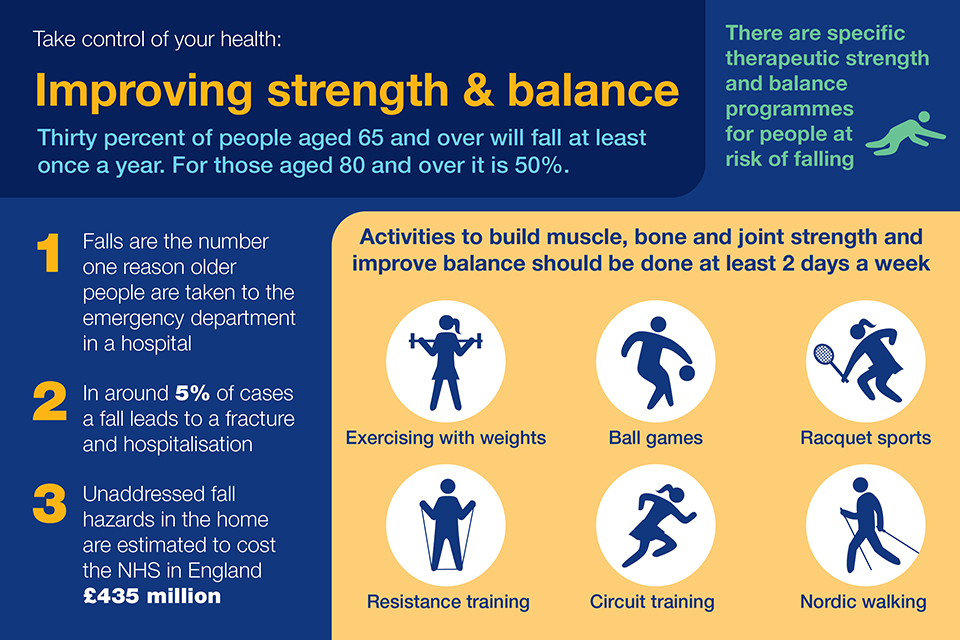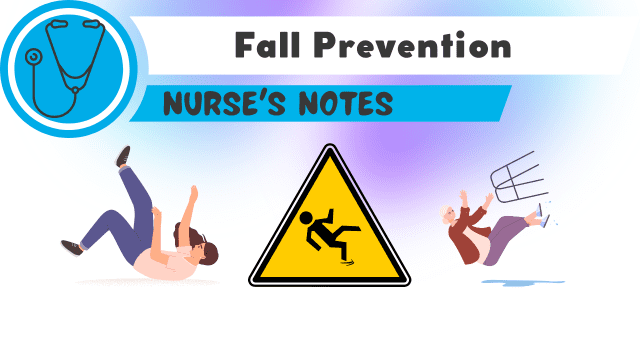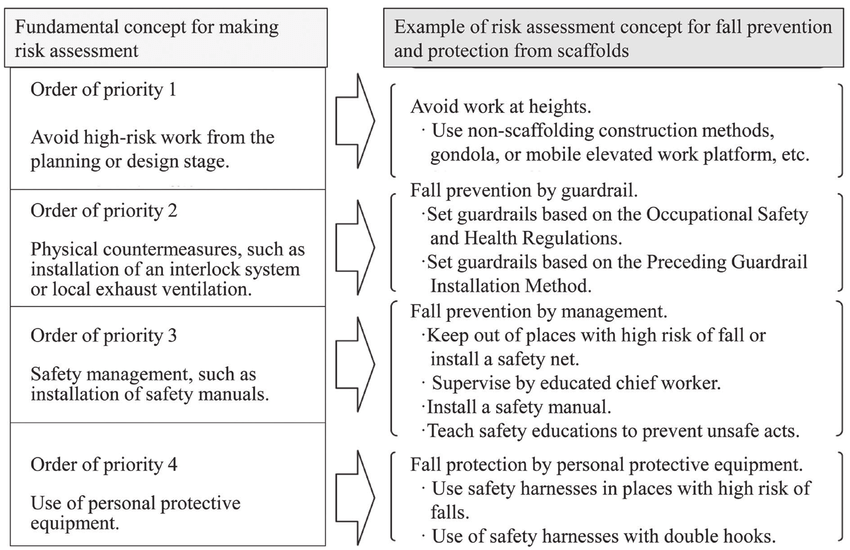See This Report on Dementia Fall Risk
Table of ContentsThings about Dementia Fall RiskWhat Does Dementia Fall Risk Mean?The smart Trick of Dementia Fall Risk That Nobody is Talking AboutThe Ultimate Guide To Dementia Fall Risk
An autumn threat analysis checks to see exactly how most likely it is that you will certainly fall. It is primarily provided for older adults. The analysis normally includes: This consists of a series of questions regarding your total health and wellness and if you have actually had previous drops or issues with equilibrium, standing, and/or strolling. These devices examine your strength, equilibrium, and gait (the way you walk).STEADI includes testing, analyzing, and treatment. Interventions are suggestions that might decrease your threat of falling. STEADI consists of 3 actions: you for your threat of succumbing to your threat factors that can be enhanced to attempt to stop falls (for instance, equilibrium problems, damaged vision) to reduce your danger of falling by making use of effective approaches (for instance, giving education and learning and resources), you may be asked a number of concerns consisting of: Have you fallen in the previous year? Do you really feel unstable when standing or walking? Are you worried about dropping?, your supplier will certainly check your toughness, balance, and gait, making use of the following autumn analysis tools: This test checks your stride.
After that you'll take a seat again. Your provider will certainly examine how much time it takes you to do this. If it takes you 12 secs or more, it might mean you go to higher threat for a fall. This examination checks toughness and balance. You'll being in a chair with your arms crossed over your breast.
Relocate one foot halfway onward, so the instep is touching the large toe of your various other foot. Move one foot completely in front of the various other, so the toes are touching the heel of your other foot.
Dementia Fall Risk - The Facts
A lot of drops happen as an outcome of several contributing variables; consequently, managing the risk of falling starts with identifying the aspects that add to drop risk - Dementia Fall Risk. Several of the most appropriate threat aspects consist of: History of prior fallsChronic clinical conditionsAcute illnessImpaired stride and balance, reduced extremity weaknessCognitive impairmentChanges in visionCertain high-risk drugs and polypharmacyEnvironmental elements can likewise enhance the risk for drops, consisting of: Insufficient lightingUneven or harmed flooringWet or unsafe floorsMissing or harmed handrails and get hold of barsDamaged or incorrectly fitted tools, such as beds, wheelchairs, or walkersImproper usage of assistive devicesInadequate guidance of individuals staying in the NF, including those that show aggressive behaviorsA effective fall risk monitoring program requires an extensive medical analysis, with input from all participants of the interdisciplinary team

The care strategy ought to additionally consist of treatments her latest blog that are system-based, such as those that promote a safe setting (appropriate lighting, hand rails, get bars, etc). The effectiveness of the treatments should be reviewed periodically, and the care strategy revised as needed to mirror modifications in the loss danger analysis. Implementing a loss danger management system making use of evidence-based best method can decrease the prevalence of drops in the NF, while restricting the potential for fall-related injuries.
Dementia Fall Risk for Dummies
The AGS/BGS guideline advises evaluating all adults aged 65 years and older for fall threat every year. This testing consists of asking clients whether they have dropped 2 or even more times in the previous year or sought medical interest for an autumn, or, if they have not dropped, whether they feel unsteady when walking.
Individuals who have dropped when without injury ought to have their balance and stride evaluated; those with gait or balance abnormalities ought to get extra click evaluation. A background of 1 loss without injury and without gait or balance issues does not necessitate more analysis beyond ongoing annual fall risk testing. Dementia Fall Risk. An autumn danger evaluation is needed as component of the Welcome to Medicare exam

An Unbiased View of Dementia Fall Risk
Recording a drops history is one of the quality signs for loss prevention and monitoring. copyright medicines in certain are independent predictors of drops.
Postural hypotension can commonly be minimized by minimizing the dosage of blood pressurelowering drugs and/or quiting medications that have orthostatic hypotension as an adverse effects. Use above-the-knee assistance pipe and copulating the head of the bed boosted may likewise minimize postural decreases in high blood pressure. The suggested components of a fall-focused checkup are revealed in Box 1.

A pull time above or equal to 12 seconds suggests high fall risk. The 30-Second Chair Stand examination analyzes lower extremity stamina and equilibrium. Being incapable to stand up from a chair of knee height without using one's arms suggests raised loss threat. The 4-Stage Equilibrium test analyzes static balance by having the individual stand in 4 placements, each progressively more challenging.